The pine trees make this feel more like a western National Park than a
suburban trail in Bloomington, MN.
Since I am finally caught up on my state parks, I though I would spend the winter doing a series on Urban Wilderness. Until the spring hiking season starts up again (not that I can't hike in the winter, I would just prefer to see the parks in warmer weather), I'll take some time to highlight parks, trails, and natural areas in and around the Twin Cities. Although virtually all of these oases will be less than an hour from the downtown Minneapolis or St. Paul, when you're in them, it takes very little imagination to believe that you are in the most remote areas of the state. Like my state park blogs, these posts will be picture heavy - and since I've been to most of these places many time, just bear with me if I go a little crazy on the photos.
The trail is easy so their is not excuse not to check the park out even if
you're not generally a hiker.
Nine Mile creek is actually 15 miles long running from Minnetonka (Lake Minnetoga) to the Minnesota River in Bloomington. Its name comes from the fact that the creek is nine miles from Fort Snelling. The story goes that since Fort Snelling was a dry fort, soldiers had to trek nine miles away to be able to drink. The creek was a good landmark for this distance. Except for recreation on Normandale Lake, through which the creek flows, most of the creek is pretty uninspiring and inaccessible, but the park I visit is at the very end of the creek as it tumbles down to the river from Moir Park in Bloomington. Draining a watershed of over 50 square miles, the creek by this point has created a sizable valley for itself. Either park at Moir Park on 104th St. or half way down the trail at the 106th St. lot. (Interesting note: I just found out that the north half of this trail is Bloomington's Central Park) From either place, you'll descend into the little valley. Near Moir, the creek is wide and meandering, but it quickly gains speed, cascading through a series of rapids until it hits the Minnesota River floodplains where is mellows out a bit and eventually finds its way to the riverbanks.
From the top of the valley on 106th St. Fall is another excellent time to visit for obvious reasons.
The trail is flat, straight, and easy to hike at a fast pace, but take your time to enjoy the outdoors. The forest does a good job of muffling the sound of the city and by the time you hit the river, there is no sign that civilization is anywhere near except of the well-maintained trail itself. Because the valley keeps it cooler than the surrounding city, you'll see more evergreens and birch than in surrounding areas, which really gives it that wilderness feel. It is a great place to look for woodland wildflowers in the spring - rue, trillium, jack-in-the-pulpit, and violets are common sights. Keep your eye out for raccoons, beavers, pileated woodpeckers, deer, and even the occasional otter. Because the park is connected to the river greenway, you never know what might wander in.
The moving water makes it difficult for the creek to fully freeze.
Make sure to take your headphones out once in a while and listen to the creek. There aren't many other places in the city that provide a babbling brook. Minnehaha is too developed and crowded and other rivers and streams are either too big or too small. Listening to it always reminds me of the streams in the remote areas of the Appalachian Mountains. It always astounds me that this natural treasure is just a couple miles from my house.

